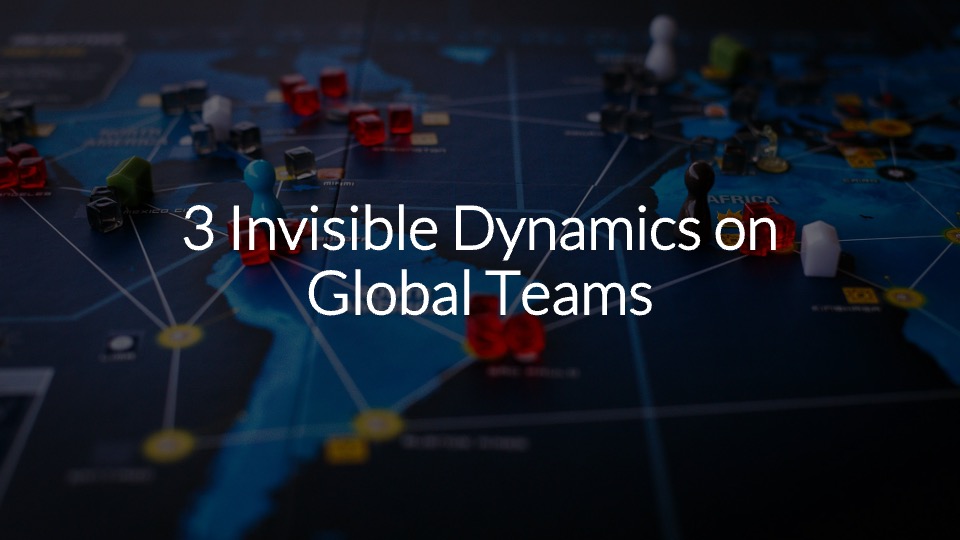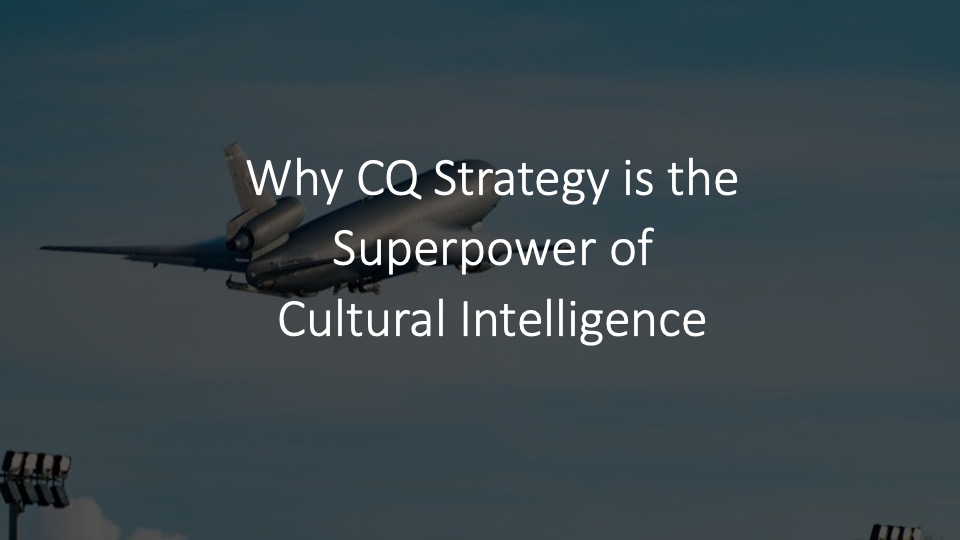
Everyone belongs to a few figured worlds and they have a profound impact on how we behave. Figured worlds are everywhere. Countries, States. Racial groups. Industries. Fashions. Friend groups. Religions. Professions. Political parties. We underestimate the power of figured worlds at our peril.
Figured worlds are the social contexts where we feel most comfortable. They’re where we find our people and figure out how to play our part in the world. But they can be limiting. The rules, ideas, and beliefs of our figured worlds are used to judge people in different figured worlds. And before long, we view people from different figured worlds as less informed than us.
Figured worlds is one of the topics that has come up most in talking to hundreds of people over the last three months about my new book, Digital, Diverse & Divided. It’s an enormously useful concept developed by anthropologist Dorothy Holland who explains figured worlds as the social contexts where we figure out how we’re supposed to think and behave.
The first figured world most of us experience is our families. Our parents teach us right from wrong, appropriate ways to dress, and how to think about people who are different from us. We go on to school, jobs, neighborhoods, and friend groups where we encounter myriad other figured worlds, all of which shape how we think and who we become.
As a part of Digital, Diverse, & Divided, I researched five figured worlds that are core to the challenges facing us today—nationality, race, gender, religion, and politics. But once you become aware of figured worlds, you see their influence everywhere.
Here are four interesting examples that go beyond typical dimensions of diversity and identity:
Iceland so hot!

In 2010, tourism was 18 percent of Iceland’s economy. Today it’s over 30 percent. There are many contributing factors, including Iceland’s marketing campaigns and the role of influencers in making it a bucket list destination. But social science suggests that the leading reason so many people visit Iceland is because their friends have. You talk with a friend who tells you about driving the Ring Road and you see other friends’ Instagram posts about a recent visit and next thing you know, you have this desire to visit a place you rarely thought about ten years ago.
Of course there are many people for whom Iceland has no appeal and that’s just the point. In other figured worlds, bucket list vacations are a Disney cruise, a cool new campground, or the Ark Encounter. But the point is, the people we spend time with have a direct influence on where we vacation, the kinds of cars we buy, and the places we send our kids to college. We develop remarkably similar tastes to the people in our figured world/s.
White Coat Ceremonies

Or what about the figured worlds we encounter when we choose a particular career path? Medical schools across the world actively recruit diverse students. But once students enroll, there’s pressure to assume the standardized professional identity of a doctor. Here’s how doctors act. Here’s what cars doctors drive. Here’s where doctors send their kids to school. Here’s what “good” bedside manner looks like.
In many places around the world, becoming a doctor is epitomized by the white coat ceremony, a rite of passage into becoming a physician. Donning the white coat allows students to see themselves as a doctor, which in turn firmly roots them in the figured world of medicine. Wearing a white coat has zero relevance to patients’ health. But it’s an enormously important cultural artifact in the figured world of medicine.
Skin Fade and Puffer Jackets

Fashion is one of the most poignant examples of how we’re shaped by the figured worlds where we live and spend time. Having recently moved to southern California, I’m intrigued by how quickly the “going out to eat” uniform changes at similar restaurants in San Diego (very laid back, casual), Orange County (think OC influencer vibes), and Los Angeles (more edgy fashion).
Irish Tik Tok comedian, Meditations for the Anxious Mind, has a hilarious video where he pokes fun at young Irish guys in Dublin who all have the same skin fade haircut and puffer jackets. He says the lads “take pride in their appearance but still lack the self-confidence to stand out from the crowd.” But isn’t that true of most of us? The way we dress is an opportunity to express our identity, but in reality, most of us adopt a style our figured world says is “appropriate.”
Smart Asians

Or what about the disproportionate number of Asians that excel at math? There’s no evidence that the genetics of any nationality is more mathematically proficient than another. All humans have 99.9 percent the same DNA. But many Asian kids grow up in figured worlds that emphasize math and science as critical pathways to success and honor.
Many Asian parents create a mathematically rich environment from the time their kids are small. They play math games in the car, on the playground, and at the dinner table and talk about numbers, shapes, and patterns all the time. When walking through the supermarket, they say things like, “If one apple costs 80 cents, how much will six apples cost?” It’s not uncommon to be on an elevator with an Asian mom who says to her preschooler, “We’re on the fifth floor. How many floors will we pass if we take the lift to the eleventh floor?” Kids get early practice working on math problems and “figure” out that math proficiency is valuable and important.
We can accept the scripts of our figured worlds, improvise them, or leave them altogether. The worlds where we live don’t get the final say on who we are, albeit power, social class, and privilege play a part in how easily we can exercise agency. But our identity is always forming and reforming. We transcend some figured worlds of which we’re part while including parts of them in new figured worlds we join.
There’s nothing wrong with being proud of our figured worlds. But it’s important to realize how profoundly our thinking and behavior is shaped by these worlds and to beware of the harmful or erroneous ideas in our figured worlds so that we can reform them and effectively engage with people from other worlds. Understanding the power of our figured worlds builds our cultural intelligence and provides an essential way of ensuring our increasingly digital, diverse world is a place where everyone can thrive.



